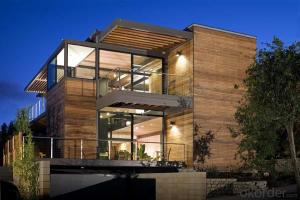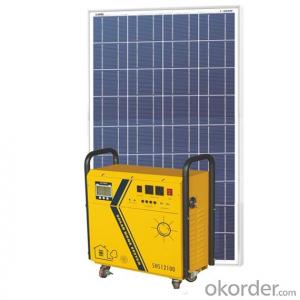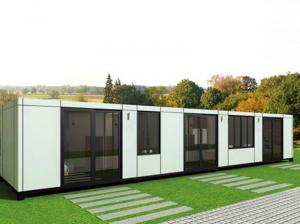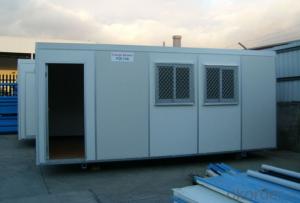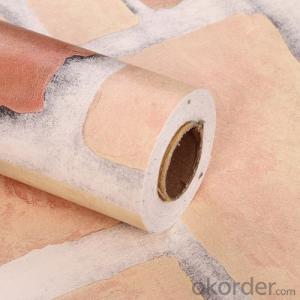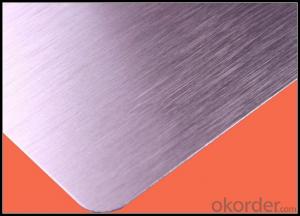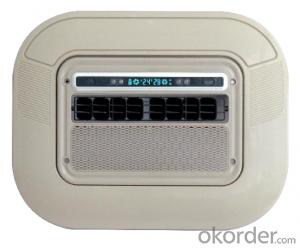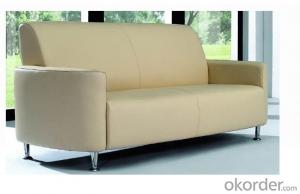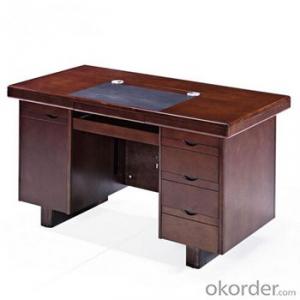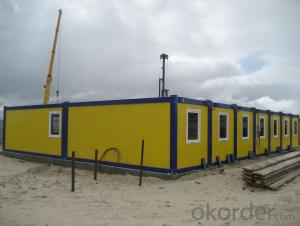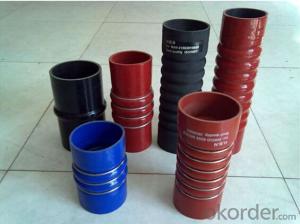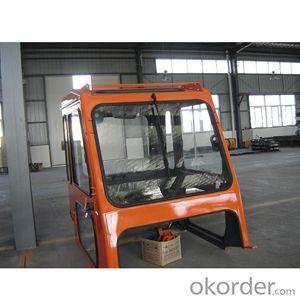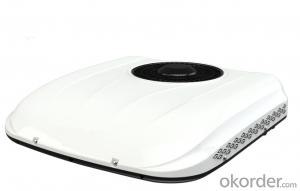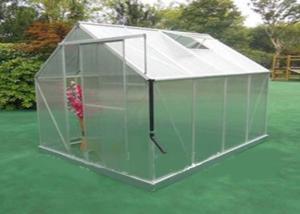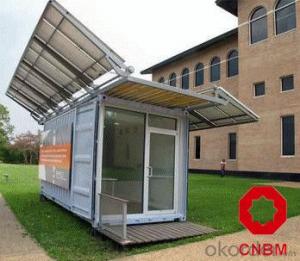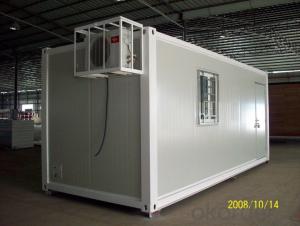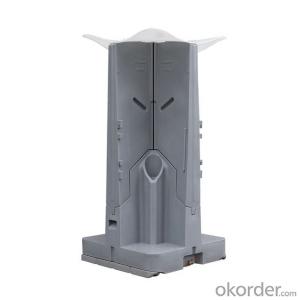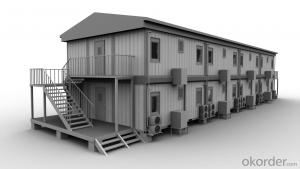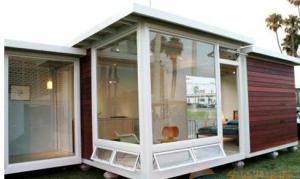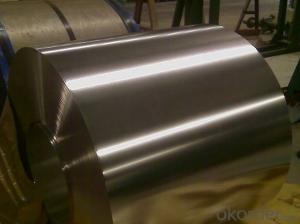Modern Cabin Kits
Modern Cabin Kits Related Searches
Aluminum Plate Texture Pvc Geomembrane Institute Pvc Sign Geomembrana Pvc Precio Pvc Ceilings Gauteng Pvc Ceilings glass bead wallpaper Non Adhesive Corner Guards Hdpe Geomembrane Self Adhesive Office Carpet TextureHot Searches
Fiberglass Scaffolding For Sale Home Scaffolding For Sale Modern Home Bars For Sale Fiberglass Panels For Sale Small Home Bars For Sale Fiberglass Greenhouses For Sale Home Solar Inverter Price Home Depot Aluminum Coil 1 4 Aluminum Plate Home Depot 1/4 Aluminum Plate Home Depot 1 8 Aluminum Plate Home Depot Aluminum Tread Plate Home Depot Home Depot Aluminum Plate Home Solar Energy Cost Home Depot Solar Inverter Home Depot Solar Cells Ceiling Fan Lowest Price Home Depot Electrical Wire Prices Geogrid Fabric Home Depot Geogrid Fabric PriceModern Cabin Kits Supplier & Manufacturer from China
Okorder.com is a professional Modern Cabin Kits supplier & manufacturer, offers integrated one-stop services including real-time quoting and online cargo tracking. We are funded by CNBM Group, a Fortune 500 enterprise and the largest Modern Cabin Kits firm in China.Hot Products
FAQ
- Yes, container houses can be transported easily. One of the main advantages of using shipping containers for housing is their mobility. These containers are specifically designed to be transported by trucks, trains, and ships, making them inherently easy to move from one location to another. They are built to withstand rough handling during transportation and are equipped with corner castings, which allow for easy lifting and stacking using cranes or forklifts. Additionally, container houses can be easily loaded and unloaded onto trailers or flatbed trucks, making them highly portable. This portability makes container houses an excellent choice for temporary or mobile housing solutions, such as disaster relief, construction sites, or remote locations.
- Certainly, it is feasible to construct container houses with a compact garden or outdoor area. The versatility of container houses allows for an array of design possibilities, including the incorporation of outdoor spaces. One option commonly utilized is the creation of a rooftop garden atop the container house. This approach not only optimizes space utilization but also presents a lush and tranquil environment for inhabitants. Depending on the available area and the preferences of the homeowner, rooftop gardens can consist of planters, seating arrangements, and even small water features like ponds or fountains. Another alternative is the inclusion of a small garden or patio adjoining the container house. This can be achieved by preserving a portion of land during the construction process or by employing additional containers to establish a separate outdoor space. The garden can be adorned with plants, flowers, and even a small vegetable patch, granting residents the opportunity to relish nature and cultivate fresh produce in their own backyard. Furthermore, container houses can be modified to feature balconies or terraces, providing outdoor areas on distinct levels. These spaces can be utilized for relaxation, barbecuing, or simply appreciating the picturesque surroundings. On the whole, with meticulous planning and design, container houses can certainly accommodate a diminutive garden or outdoor area. This allows inhabitants to establish a connection with nature and enjoy the advantages of outdoor living, notwithstanding the compact and eco-friendly nature of their container house.
- Container houses can be suitable for extreme climates, but it largely depends on the design and insulation of the structure. With proper planning and modifications, container houses can withstand harsh weather conditions and provide a comfortable living environment. One of the main challenges of extreme climates is temperature control. Container houses can be insulated effectively, preventing excessive heat loss or gain. This can be achieved by using high-quality insulation materials and adding additional layers to the walls, floors, and roofs. Insulation also helps in reducing energy consumption for heating or cooling, making container houses more sustainable. In regions with extremely cold climates, the design of the container house can be optimized to maximize heat retention. This can include installing double-glazed windows, using insulated doors, and incorporating passive solar techniques like orienting the house to capture sunlight. Additionally, the use of heating systems such as radiant floor heating or wood stoves can further enhance the thermal comfort inside the container house. For areas with scorching heat or high humidity, container houses can be adapted to provide better ventilation and airflow. This can be achieved by incorporating windows, skylights, or even adding a rooftop garden or green roof to reduce heat absorption. Cross-ventilation can also be achieved by strategically placing windows or using fans to circulate air effectively. Furthermore, container houses can be designed to withstand extreme weather events, such as hurricanes or earthquakes. Reinforcements can be added to the structure, including steel frames or additional support columns, to increase its stability and resilience. However, it is important to note that container houses may require additional maintenance and regular inspections in extreme climates. This is to ensure that the insulation remains intact, there are no leaks, and the structure is in good condition to withstand any weather conditions. In conclusion, container houses can be suitable for extreme climates with proper design, insulation, and modifications. While they may require extra considerations and maintenance, container houses offer an affordable and sustainable housing solution that can withstand the challenges of extreme weather conditions.
- Yes, container houses can definitely be designed with a modern aesthetic. With the right design elements, materials, and finishes, container houses can achieve a sleek and contemporary look. Incorporating large windows, minimalist interiors, clean lines, and modern finishes can create a stylish and modern feel to container homes. Additionally, the use of innovative design techniques and creative architectural solutions can further enhance the modern aesthetic of container houses.
- What are the requirements for container house structure design?
- Containers for the architectural design of modular tools, itself has a low carbon, low cost, short construction time, removable transport and other characteristics
- Container houses can be suitable for areas with extreme weather conditions, but it depends on various factors. Proper insulation, ventilation, and reinforcement are crucial to withstand harsh climates. Additionally, modifications like using thicker insulation, reinforced framing, and weather-resistant materials can make container houses more resilient. However, it is essential to consult with experts and consider local climatic conditions before deciding on container houses in such areas.
- Yes, container houses can be designed to have multiple bedrooms. The modular nature of shipping containers allows for flexibility in their arrangement and stacking, making it possible to create separate sleeping areas within the structure. With proper planning and design, container houses can accommodate multiple bedrooms to meet the specific needs and preferences of the occupants.
- Yes, container houses can be designed to have large windows. While shipping containers may have limited space for windows due to their structural design, architects and designers have found innovative ways to incorporate large windows into container homes. By strategically cutting openings in the walls and reinforcing the structure, containers can be transformed into homes with ample natural light and panoramic views. Additionally, containers can be stacked or joined together to create larger living spaces, allowing for even more opportunities to incorporate large windows. With the right design and engineering considerations, container houses can be beautifully designed to have large, aesthetically pleasing windows.



